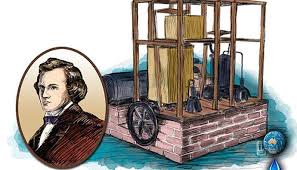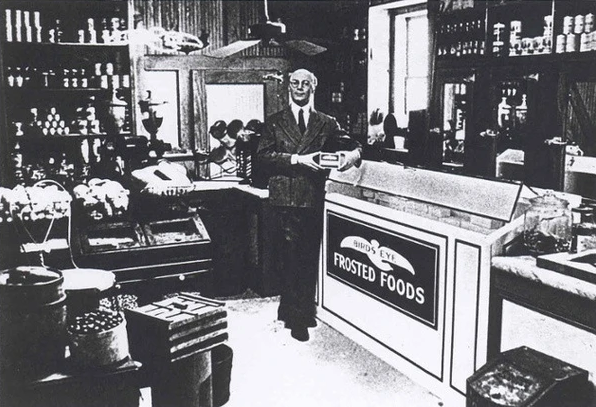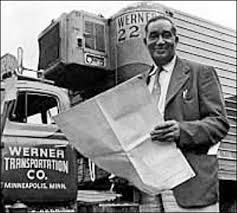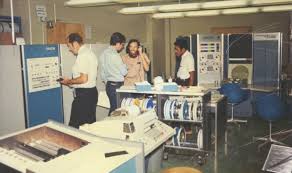
When I was working on my undergraduate degree back in the early 70s, I did a research paper on media convergence. At that time, we thought that convergence would occur around cable television. But not today.

Even in the 90s, the concept of media convergence seemed like the world of Jules Verne. People consumed each source of information, on its own separate platform. Print came in the form of a magazine or newspaper. Radio, via a reception device designed to pick up only AM or FM radio signals and television, through a big picture tube encased in a giant wooden cabinet. It was beyond most of our imaginations that print, radio and television would ever be delivered to us on a single device that we could carry in our pocket; like today’s smartphone.
Even more amazing is the fact that our smartphones can also publish our written thoughts, broadcast our spoken word and even transmit our pictures/videos to today’s global village.
Maybe even more shocking to us as Boomers, is the fact that the Millennial generation doesn’t even have memories of the fragmented media world we grew up with.
How Innovation Changes Our World
In order to try and help media people understand how innovation can change the world as we knew it, let’s take a look at how bringing “cold” to the south set-off a change reaction of change.

Two hundred years ago, if you lived in the south, there was no way to escape the heat. Frederick Tudor, Boston’s “Ice King” would spend a decade figuring out how to transport ice from New England to the south and even around the world. New England’s natural ice would become so treasured, that in the early 1900s, it would become America’s second largest export after cotton.

Then a physician, Dr. John Gorrie, wanted to try to cool the hospital rooms of his Florida hospital, in order to make his patients who were burning up from fever more comfortable in the sweltering heat of the south. Gorrie invented a refrigeration machine, and when he applied for a patent on his invention, he wrote: “Artificial cold might better serve mankind. Fruits, vegetables and meat, would be preserved in transit by my refrigeration system and thereby enjoyed by all.”


When ice fishing, Clarence Birdseye learned how the Inuit Indians of the north flash froze the fish they caught, by leaving them out in the frigid air. This caused their catch to be instantly frozen and allowed the Inuit to keep their catch fresh to eat at a later time. This inspired Birdseye to improve artificial refrigeration to enable the flash freezing of all kinds of produce, creating the frozen food industry.

Fred Jones, created refrigeration units that could be placed on tractor trailer trucks, shipping containers and railroad cars, allowing for long-haul transportation of perishable goods.
Innovation Eats Its Own
In the 1800s, having an idea to bring cold to a part of the world that was always hot, was considered an insane idea. Everyone thought Frederick Tudor was an oddball. His efforts to perfect the transportation and storage of natural ice at one point put him in debtors’ prison, but his persistence would eventually make him a very wealthy man, until the birth of mechanical refrigeration. Gorrie, Birdseye and Jones would bring an end to the natural ice industry, with their innovations in cold.
Big ideas don’t come from a “Eureka moment.” They come from one person asking themselves, “I wonder if…” From having a hunch that just won’t go away. Big ideas are created from many other people having small, incremental ideas, that then get networked together, and over time become the next big thing.
The Internet

Fifty-one years ago, at 10:30pm, the internet was born with the transfer of one simple message. Charley Kline, a student programmer at UCLA, would type the letters “L” and “O” and electronically send them more than 350 miles to the Stanford Research Institute’s computer in Menlo Park, California. The computer system immediately crashed after they were sent, but a communications revolution had begun.
Now if you think of analog communications as “natural ice” and digital communications as “artificial ice,” you can see it really isn’t unusual for new innovations to extinguish original big ideas.
While today, we’d never consider putting an old fashioned ice box in our modern kitchens, the business of selling ice still exists. I for one, still frequent my local convenience store’s ice box, to pick up a couple of bags of ice cubes for my picnic cooler.
Likewise, I think a need for a few local radio stations may remain, but only if they provide a unique and unduplicated service to their listeners.
But I also believe that the analog communication model will slowly fade into the background as new communication innovations come along and replace it.
AM/FM radio’s days, as we Boomers knew it, are numbered.

 Roy H. Williams writes a weekly article called the Monday Morning Memo. I’ve been reading it since the days when Roy used to fax it. Today it arrives every Monday morning via email.
Roy H. Williams writes a weekly article called the Monday Morning Memo. I’ve been reading it since the days when Roy used to fax it. Today it arrives every Monday morning via email.